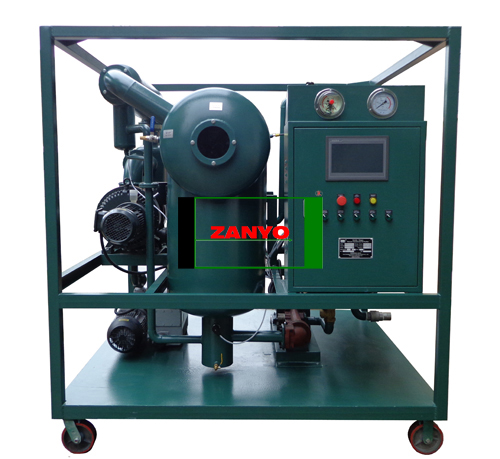What Are The Steps In The Transformer Oil Filtration Process
by Anna Rose BloggerTransformer oil purification is a process that you cannot avoid if you want your system to work to its optimum capacity for the longest time. Oil filtration helps in improving oil’s insulation properties and insulates the transformer better, thereby increasing its lifespan. The filtration gets completed in a three-step method. The impurities and moisture of the oil get completely removed in the three steps of purification. So, here's outlining the steps in the transformer oil filtration process.

The First Step Of Oil Filtration
The first step is to raise the oil temperature to the desired level, which is usually up to sixty-five degrees Celsius. It helps in giving a latent heat to the oil that later helps in dissociating the gases and moisture from the oil in the degassing chambers. Moreover, a drop in the viscosity of the oil also helps in offering better purification to a considerable extent.
The recommended heater model should have an area of heating of nearly one to two watts per square centimeter. In the transformer oil purification System, the heating system remains protected against increased pressure buildup and excessive temperature rise.
The Second Step Of Removing Dirt
The second step in the transformer oil filtration process is the removal of dirt and sludge from the oil. There are two main methods used for removing the sludge:
1.Removing the sludge using centrifugation action
2.Removing the sludge using filter candles
Transformer oil purification through filter candles can be further classified into two types, namely, filtration using the depth type filter and classical edge filter. The latest advancements in the transformer oil purification System enables the machines to rely more on filter cartridges compared to edge filters. The centrifugation action can help in saving the cost of changing the filters.
The Final Step Of Dehydration And Degasification
After the second stage of purifying the oil, the third stage is the degasification and dehydration of the insulating oil. The oil is dehumidified, and the gases are removed in the designated degassing chamber. The dissolved gas or water separation is possible when the pressure gets reduced immensely, i.e., in a vacuum. Consider the differences in the boiling point of transformer oil, gas, and water, and understanding this process becomes easier. Free water gets removed by coalescing principle or power-driven centrifuge, where the former is more economical and effective in practice.
Contaminated oil is the reason behind the majority of the oil-based breakdowns and failures. Thus, preventive oil maintenance is an important factor in ensuring optimum equipment reliability. The successful oil purification process is only achievable through good transformer oil purification equipment. It extends the reliability and effectiveness of the transformer.
Sponsor Ads
Created on Jul 26th 2020 02:10. Viewed 279 times.



